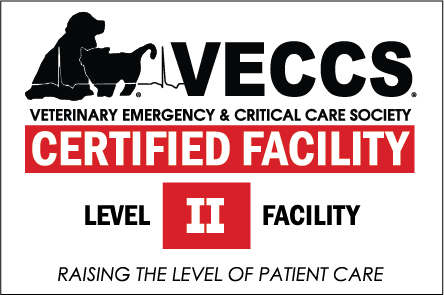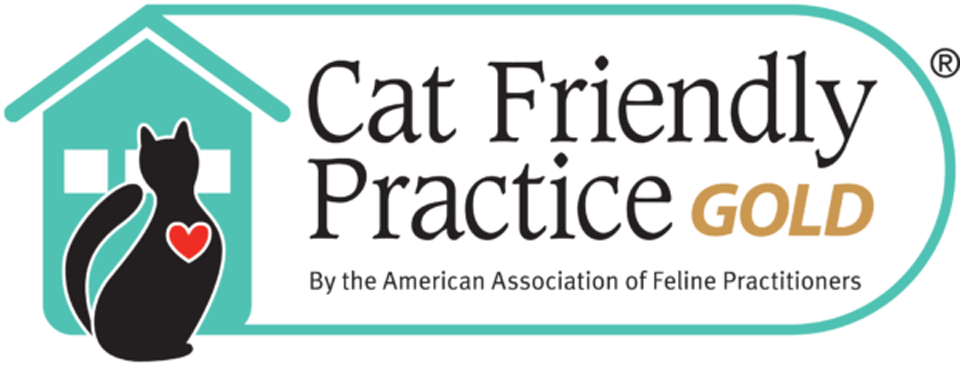One of the most overlooked aspects in preventative maintenance is dental care. It is very important to the health of your pet. Dogs and cats do have problems with their teeth. Many of these problems are very slow in onset. Reluctance to eat, odor from the mouth, loss of energy, and reluctance to play are a few of the signs that may point to dental disease.
Cause
Periodontal disease is the most common cause of dental problems. It starts as bacterial growth on the surface of the tooth and the tissues around the teeth. The bacteria produce toxins that injure this tissue. As periodontal disease progresses, bacteria enter deeper into the soft tissue and destruction of the connective tissue begins. This will appear as a reddened and somewhat swollen gum at the base of the teeth. As the tissue loss continues, the pocket deepens. Calculus, a hard calcium deposit, forms under the gum tissue. The bone holding the tooth in place recedes as the inflammatory process progresses. Serious problems occur at this time, resulting in destruction of the supporting structures around the tooth, making the tooth loose and painful. The gingival infection results in a discharge of debris, organisms, and toxins into the blood stream, possibly creating infections in the joints, liver, heart and kidneys. These infections may result in fatal disease processes.
Treatment
Should your pet’s teeth already be damaged, good professional care, followed by good home care, will result in reduced likelihood of more severe problems. Your pet’s teeth should be professionally cleaned at least once yearly and more often if there is already severe periodontal disease present. Should calculus, pain, odor, or redness around the gums appear, the teeth should be examined by a veterinarian. Advanced cases of periodontal disease often require extraction of severely diseased teeth. There are some new implant products that can be used to try to “salvage” borderline teeth.
Home Care
Prevention of dental problems and care of the teeth begins at home by training your pet to accept teeth brushing. Establish a routine of brushing your pet’s teeth with gauze around your finger. Use a circular motion with the stroke emphasized away from the gum tissue. At first don’t use cleaning agents. You can use beef or chicken broth with dogs or tuna water with cats to get them accustomed to the routine. Once your pet has accepted the procedure, start using a fingerbrush or very soft pet toothbrush instead of the gauze. Also, at this time begin using C.E.T. pet toothpaste because it has enzymatic ingredients that kill bacteria. Other products that help keep the teeth clean are C.E.T. Rawhide Chews and Hill’s t/d diet.
Very extensive dental care is only beneficial if you follow up with good home care!



